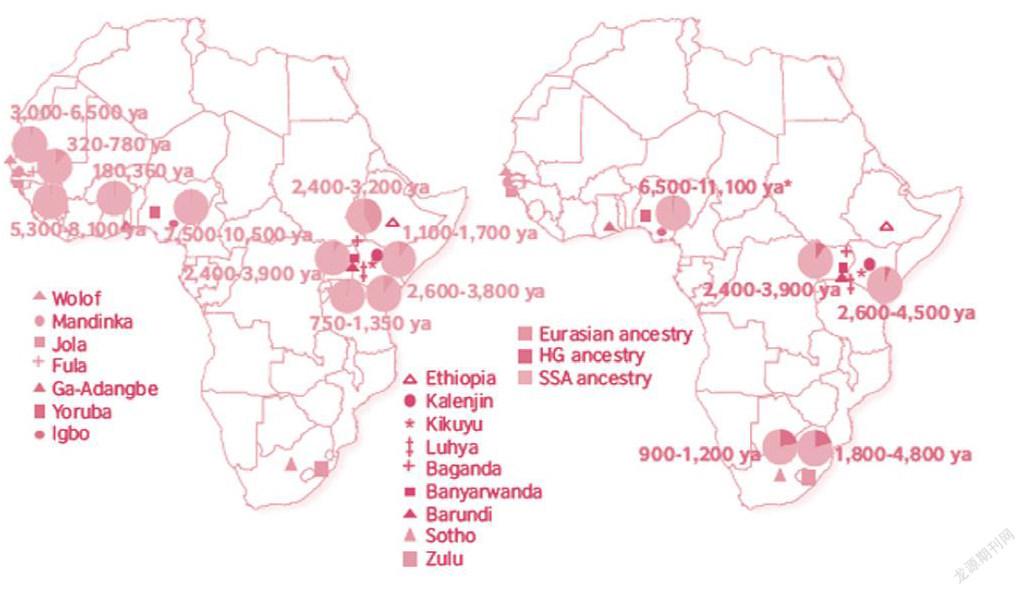A Genetic Map of Africa


It is surprising that, although disease is such a big problem in Africa, 95% of medical research happens in Europe. Genetic research in a continent where genetic diversity is high, like Africa, can give us a better understanding of why people get certain diseases.
A new study helps us understand genetic variation in different regions and groups of people. It also shows how humans moved across Africa thousands of years ago. This study has taken around two and a half years to complete. A team of scientists worked with doctors and experts across Africa and took genetic samples from 1,481 people from 18 groups in central and southern Africa.
Imagine a bottle filled with little stones. All the stones are different shapes, colours and sizes. One or two fall out, move to different places and create new stones that look the same. The many stones left in the bottle are Africa’s population, which is why Africa has the most diverse population in the world. The one or two stones that fell out and created new stones are the populations of other parts of the world. They are less diverse. This is what happened about 80 to 100 thousand years ago, when some people left Africa and travelled to Europe and Asia.
There have been many events in history which joined different groups together and changed the genetic map of the continent. One of the biggest events happened with a language group in Africa called the Bantu. Seventy per cent of Africans belong to this group. They were farmers who moved across Africa around 5,000 years ago. When they moved, they often mixed with local people. Genetic research also shows that some Europeans and Asians might have moved back to Africa 9,000 years ago.
One of the main results of the study is that large genetic research projects in Africa that don’t cost too much money are possible. More studies could help us understand different diseases better, but this might take a long time. It may be half a century before we get direct health benefits but we should start the investment in this research now. If we understand the genetic map of Africa, we can understand diseases that affect Africans better. And this means we can start to develop better ways of helping the people of Africa in the future.
This simplified version by Andreea Pulpea, adapted from the original article by John O’Reilly.

